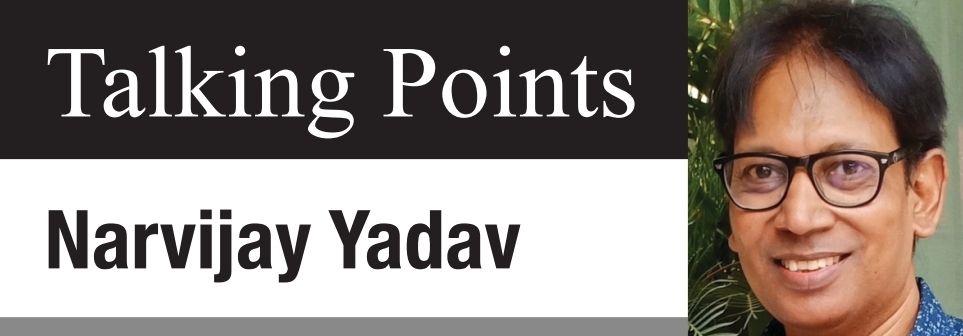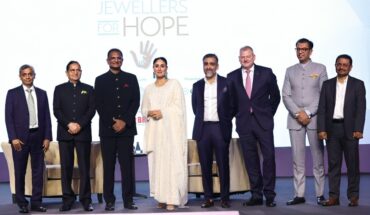AI partnership apps surge in India, reducing social outings and impacting tourism, weddings, and retail, with economic shifts and digital growth projected to reshape markets by 2030.

Himanshu Batra leaned back in his Mumbai office, the hum of Marine Drive traffic a faint backdrop to his thoughts. As a tourism and hospitality consultant, he’d built a thriving business curating bespoke experiences – romantic getaways, lavish weddings, and corporate retreats. However, in 2026, something began to shift. His bookings for couple-centric packages had plummeted, and wedding planners were reporting a surge in cancellations. The culprit? AI partnership apps, or virtual companions, were captivating India’s urban youth.
Himanshu first noticed the trend when a client, Priya, canceled her Goa honeymoon package. “My AI partner, Arjun, plans virtual beach dates,” she confessed, blushing. “It’s cheaper, and he never argues.” Priya wasn’t alone. With India’s smartphone penetration at 70%, apps offering emotional fulfillment were surging, especially in cities like Mumbai and Delhi. By 2027, 25% of young adults would prefer AI companions over real relationships, spending hours weekly on conflict-free virtual emotional tide.
The economic ripples were immediate. Himanshu’s tourism business, reliant on social outings, saw a 15% revenue drop. India’s $50 billion wedding industry, a lifeline for hospitality, was hit harder. Couples, enamored with AI partners, opted for micro-weddings or skipped ceremonies entirely, shaving $5 billion off the sector by 2028. Jewelers in Mumbai’s Zaveri Bazaar reported a 20% slump in engagement ring sales, as young men like Rohan, a techie, quipped, “Why buy a Rs 50,000 ring when my AI girlfriend costs Rs 500 a month?”
Himanshu adapted, pitching virtual reality tours to tech firms, but the broader economy felt the strain. Retail and dining, tied to social gatherings, saw reduced foot traffic, impacting India’s $1 trillion retail sector. Traditional dating platforms like Shaadi.com lost subscribers as AI apps offered tailored companionship at a fraction of the cost. By 2029, India’s marriage rate, already down from 8.2 to 7.1 per 1,000 (2000–2021), dipped further, with urban centers bearing the brunt.
Yet, opportunity emerged. India’s AI market, projected to hit $7 billion by 2026, fueled job creation in Mumbai’s tech hubs. Startups launched AI companions in regional languages, employing coders and designers. Himanshu partnered with a Bengaluru firm to integrate AI-driven travel planners, offering hybrid experiences, virtual dates paired with real-world adventures. By 2030, his business stabilized, blending physical tours with AI-enhanced itineraries, but smaller hospitality firms struggled, unable to pivot.
The financial landscape shifted, too. Microtransactions for AI app features, custom avatars, and virtual gifts created a new digital economy, with users spending Rs 1,000-Rs 5,000 monthly. Banks launched microloans for premium subscriptions, but savings rates dipped as young Indians redirected funds from weddings to digital purchases. The hospitality sector, once a growth engine, faced a 10% workforce reduction, with waiters and event staff retraining for tech roles.
Himanshu reflected on his journey. AI apps empowered individuals, offering affordable outlets for desires, but at a cost. Mumbai’s vibrant social scene dimmed, replaced by screens glowing with virtual love. As he crafted a 2030 strategy, he wondered- could India balance this digital tide with its cultural soul?
Points to Ponder: Will AI partnership apps permanently reshape India’s social and economic fabric, reducing traditional industries like weddings and tourism to shadows of their former selves? Can businesses adapt by integrating AI without losing human connection? How will India’s youth navigate love and finance in a world where virtual companions rival real ones? The next five years will test the nation’s resilience and ingenuity.
The writer is a senior journalist. Views are personal. Instagram @narvijayyadav






